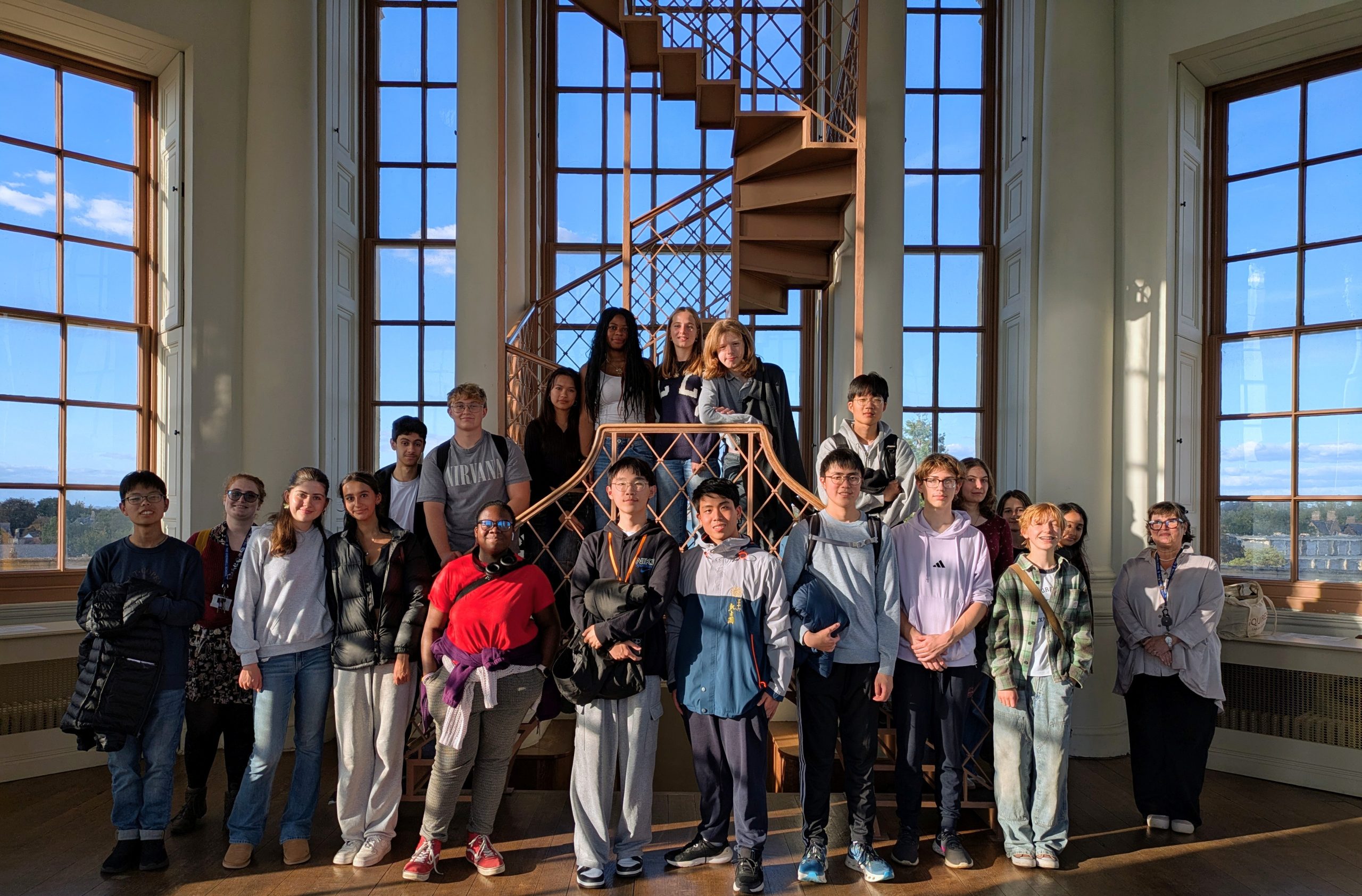Astronomy at the Radcliffe Observatory

A packed lecture theatre and an online audience enjoyed the fiftieth lecture in the Astronomy for All series, given by Charles Barclay and chaired by Professor Rob Fender on Wednesday 24 September. The series was started by Charles in 2006 to link the Astrophysics department to the college and raise awareness of the Radcliffe Observatory among modern astrophysicists, students and the public.
An Observatory, Charles explained, needs a good location and a dedicated Observer, and the Radcliffe Observatory benefited both from the energy and expertise of Thomas Hornsby, the Savilian Professor of Astronomy, and from Oxford’s location at the centre of the Enlightenment: it was important in the collection of data to enable longitude determination at sea, as well as the observations of the eighteenth-century Transits of Venus – observations which despite many difficulties allowed astronomers to measure the scale of the known universe.
A grand expression of neoclassicism and Enlightenment values, built due East-West to allow observations of bright stars, the Sun and Moon passing the meridian, the Radcliffe Observatory had when it was built a claim to be the most important observatory in the world. Its importance gradually declined in the late nineteenth century, and the spread of new building and streetlighting in what had been a rural site on the edge of Oxford led to the departure of the Observatory to South Africa in the twentieth century. Its legacy, though, as Charles showed, survives in many ongoing projects of astrophysics research, education and outreach.

Speaker Charles Barclay and chair Rob Fender
Charles also described and explained the instruments which were used by the first Observers. Hornsby established a lecture room, library and student instruments in the tower, which made it a centre for teaching as well as research – a new idea in the eighteenth century. The carefully preserved interior of the Tower of the Winds – which is now complete with a historical telescope thanks to the efforts of Charles and others – provide a rare glimpse into Enlightenment Oxford life.
The audience at the lecture included a group of students from The Cherwell School in Oxford, who toured the Observatory and the Tower of the Winds with Charles earlier in the day.
Find out more about the Radcliffe Observatory and Green Templeton’s campaign to conserve it

